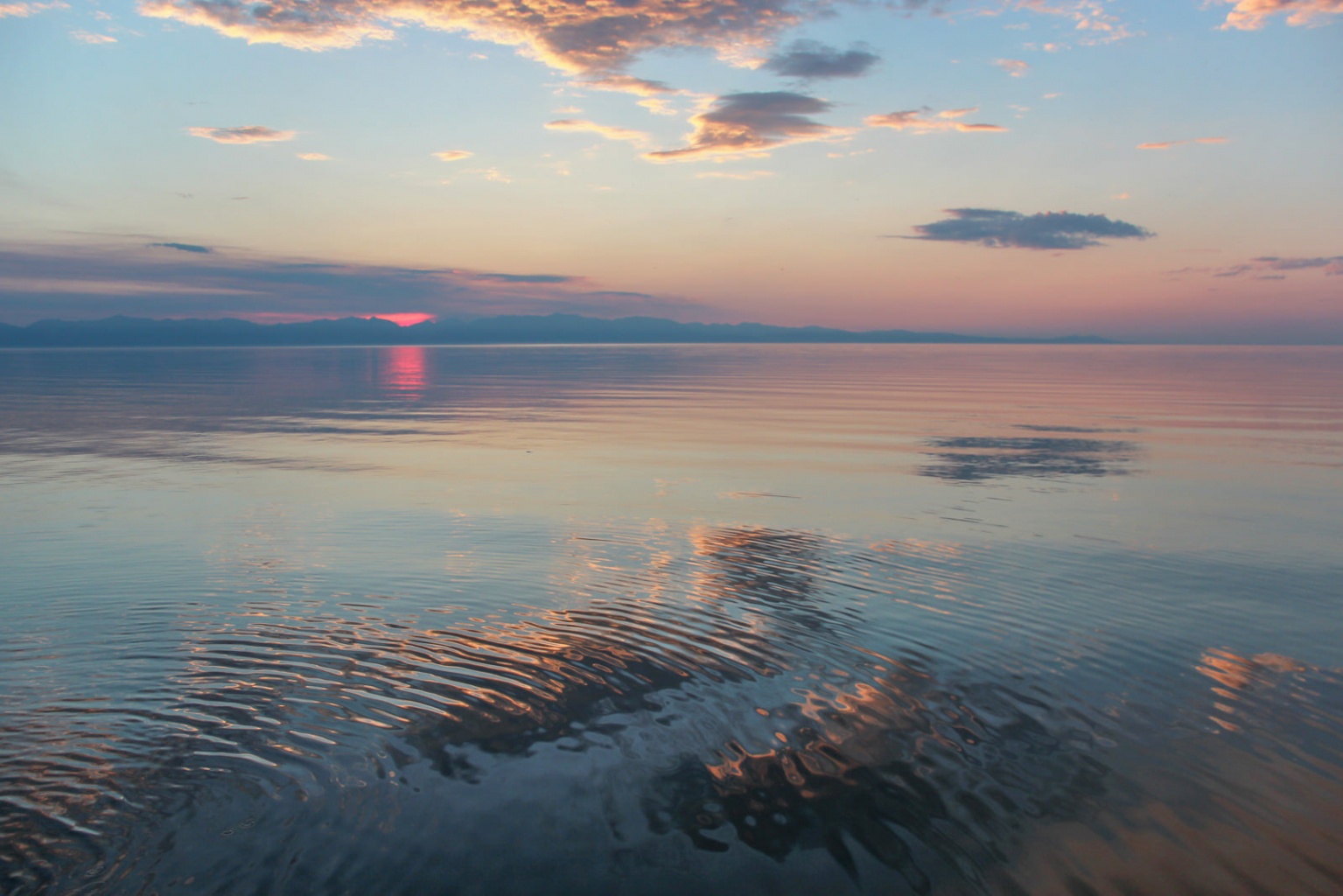
The Baikal (Baikalsky) State Nature Biosphere Reserve is the world of amazing forests and animals on the shores of Lake Baikal. Until 20 years ago, only biologists and most experienced tourists were aware of this Reserve. According to the results of a VTsIOM’s survey, thanks to the implementation of a pilot project for the development of ecological and educational tourism, this is the most famous reserve in Russia today, and every year, over 20 thousand people come to the Baikal Reserve.
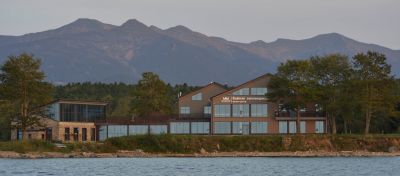
In 2010, the Baikal Nature Reserve entered the top ten model areas in Russia for the development of educational tourism, along with the Voronezhsky, Kronotsky and Caucasian reserves. For 21 years, it has been permanently headed by Vasily Sutula who was awarded the title of the ‘Director of the Year’ among the leaders of 100 reserves in Russia in 2010. He tells the readers about his unique, very difficult, but fascinating Baikal Reserve, about how this Reserve with its 50 years of history and most advanced infrastructure surprises its guests.
- The educational tourism is relatively new in Russia. When did you decide to develop it?
- The programme for the development of educational tourism has been implemented at our Reserve since 2012. In 2017, our project ‘In Harmony with Nature’ for the development of volunteering was recognized by UNESCO as one of the most important for the preservation of the world natural heritage. There are only two such projects in Russia, the second one is the ‘Virgin Komi Forests’. In 2018, the Reserve’s activities to develop the ecological tourism were recognized as the best in the country. That same year, our Reserve ranked first among the most environmentally friendly tourist places in Russia according to the decision made by the Ministry of Culture of the Russian Federation.
For the guests of our Reserve, the educational routes and excursion programmes were developed: the walking tours on wooden decks, the ‘Accessible Environment’, as well as active trekking routes to the mountain lakes and peaks, hiking trails in the forest deep into the real Siberian taiga, and ornithological tours. The walks in the protected areas give a chance to enjoy the diversity of the Baikal region’s nature like Siberian pine (Pinus sibirica) forests, taiga rivers, alpine meadows and lakes, highland moors, habitats of rare plants, animals and birds.

- The Baikal Reserve is considered a unique place. What explains the extraordinary diversity of its flora and fauna?
- It lies in the central part of the Khamar-Daban, one of the five mountain ranges around Lake Baikal, the peaks of which stand in the way of the main airflows across the Lake. Therefore, a record amount of rain and snow falls on the northern side of the ridge, which contributes to growing high-mountain virgin forests.
The poplars (Populus gen.) here are very wide, and even adults can play ‘hide and seek’ in the grass here. Indeed, there are some creatures hiding in the Reserve’s grass - these are Barguzin sables (Martes zibellina princeps) and not people, and these animals can be watched within arm’s reach. The taiga wild thickets are inhabited by grizzly bears (Ursus arctos), lynxes (Lynx lynx), wolves (Canis lupus), wolverines (Gulo gulo), red deer (Cervus elaphus), moose deer (Alces alces), roe deer (Capreolus capreolus), wild boars (Sus scrofa) and even reindeer (Rangifer tarandus L.). In the river valleys, there are hazel grouses (Tetrao bonasia) and wood grouses (Tetrao urogallus). Many plants and animals are listed in the Red Book.

Under the name the ‘Baikalsky Reserve’, three protected areas are combined that are unique and different, each with its own regime: the Baikal State Nature Biosphere Reserve, which is a taiga area with its forests and mountains, the Kabansky State Nature Reserve (federally significant), which is a wetland; and the Altacheysky State Nature Reserve (federally significant), one of the most beautiful, unexplored and untravelled areas of Buryatia.
The Baikal Reserve was founded in 1969, and in 1986, it received the status of a biosphere reserve. Its area is 167,871 hectares, which is small by Siberian standards, but the Reserve is located in such a unique place that it was bound to be established. It has the status of a biosphere reserve as it is located in an industrially developed part of the Lake Baikal area. This status obliges us to closely interact with the local population and the scientific community in the ecological education and environmental protection.
Since 1996, the Baikal Biosphere Reserve has been a part of the UNESCO World Heritage Site - Lake Baikal. Such a status is given based on four criteria - its exceptional biological diversity, beauty, rich history and culture and special geology - and the Baikal Reserve meets these criteria. The mountains around Baikal are 25 million years old!
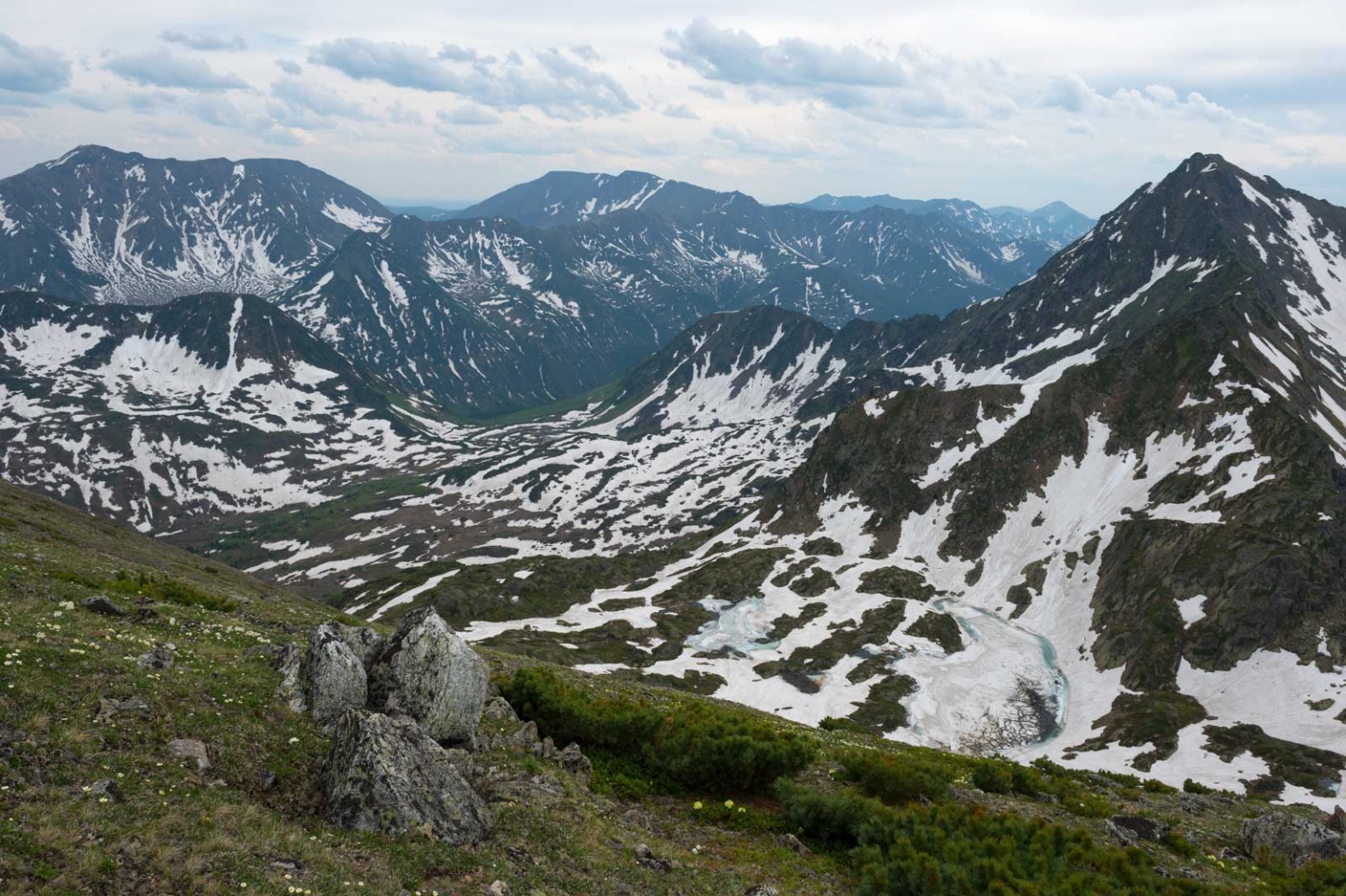
The mountains take more than 70% of the Reserve’s area, the Reserve is located on both sides of the Khamar-Daban Range, which divides the Reserve into two parts. A bigger part is the ‘dark coniferous taiga’ with coniferous trees having dark needles, it is on the northern slope steeply descending to Baikal. It is close to the immense Lake and there is a very large amount of rainfall throughout the year. In winter, the depth of the snow cover here reaches 2 m, and in summer, the 2 m high grass grows here. Sometimes, people call it the ‘jungle’, but I think the word ‘thickets’ is more correct, the grass is above my head and looks amazing! There are over 1,300 species of high vascular plants in the Reserve.
The ‘dark coniferous taiga’, of course, includes our Siberian pines that provide food for everyone as absolutely every wild creature ‘cracks’ Siberian pine nuts - from small mouse-like rodents to giant moose deer, sables, and grizzlies. A typical landscape at the altitudes from 1,800 metres and up is a mountain tundra, and this is the land of wild reindeer.

The extremely picturesque lakes in the Khamar-Daban Range with clear water framed by green mountains are of glacial origin. Of course, alpine meadows offer a great variety of flowers. The Nature paints these hillsides better than any painter would do. Golden rhododendrons (Rhododendron chrysanthum), Siberian globeflowers (Trollius asiaticus) - all these unique plants create a very special, unforgettable aura, give the most vivid impressions of the richness of the nature surrounding you. Words (or photos) can’t do it justice, and as Vladimir Vysotsky (a famous Russian singer) sang, ‘better than mountains can be only those ones you’ve never been to’. And their majestic reflection in the waters of Lake Baikal is a Grand Prix photograph taken by Nature itself!

The southern slope of the ridge is not as steep as the northern one, the descent is smoother, and this is the ‘light coniferous taiga’ with coniferous trees having light needles, and the Temnik River flows here, one of the most beautiful rivers, this is a truly pristine nature area on the southern border of the Reserve. Visitors have no access to it as it is under reliable security surveillance. But the famous and very picturesque Zapovedny Waterfall on the Osinovka River is open to tourists. All the rivers of the Reserve run to Baikal, both from the northern and southern slopes.
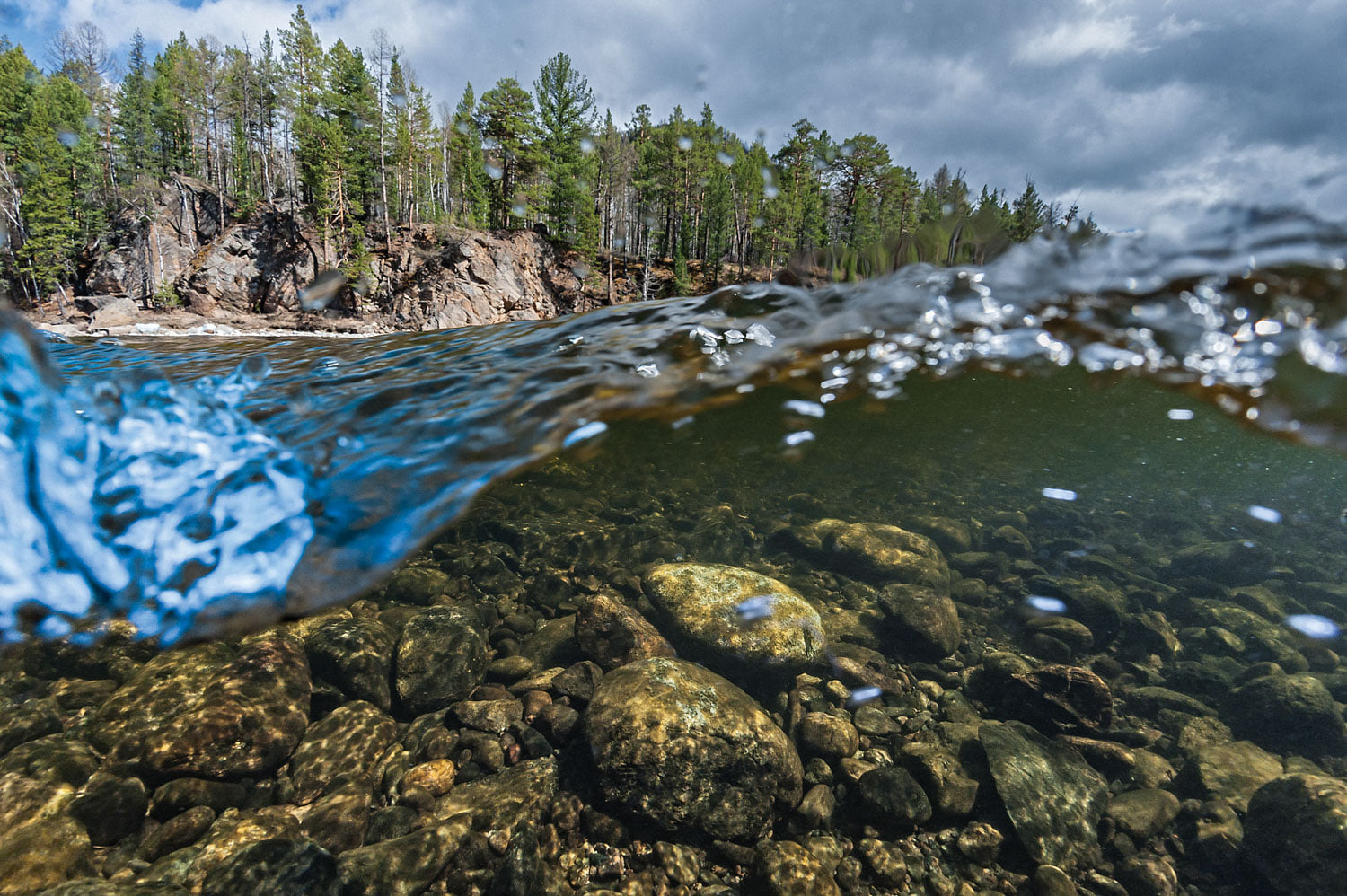
- What animals inhabit these places?
- First of all, you can see reindeer here, we have about 50 of them in the Reserve, we make official registration every year. This is a special subspecies inhabiting the woods, which is in danger of extinction and listed in the Red Book, and it is under the priority study and protection.
The largest animal in Lake Baikal area is the moose deer, it feels very good here. In winter, it feeds on fir, and in summer, it adds aquatic plants to the menu. The main thing is not to frighten these animals, and this is guaranteed in the Reserve. A grizzly beer is really the ‘chief’ of the taiga and their number is very high. These animals have plenty of space here as 19 species of edible fruits and berries, pine nuts and Siberian dwarf pine nuts provide the grizzly beers with plant food and allow them to accumulate the required ‘fat reserves’ for the winter season.
There are also two subspecies of red deer - maral deer (Cervus elaphus) and Siberian stag (Cervus canadensis sibiricus) - they can be watched in open spaces. And, of course, sables (Martes zibellina) are the beauty and pride of the Siberian and Baikal taiga. We have over one thousand of them, and the protection of this species is necessary, because during the 20th century, they were exterminated three times in the Khamar-Daban Range. Back in 1916, the Barguzinsky Reserve was created on the northeastern coast of Baikal to protect the sables, but only establishing the Baikal Reserve in 1969 made it possible to carry out a regular work on the preservation of wildlife and sables. Although, we have already settled about 280 sables, it is still not easy to watch these animals, but the chipping-squirrels (Tamias gen.), our cute little animals, are seen really left and right.
- What can the birdwatching enthusiasts see in the Reserve?
- We have a lot of birds, there are migratory and wintering birds, the Siberian redstarts (Phoenicurus), one of the most beautiful birds, and birdwatchers come to us specially to admire them. It is not difficult - the redstarts are a background species nesting in the Reserve, and there are a lot of them here.
The Kabansky Reserve is especially rich in ‘feathered’ fauna and a great number of waterfowl are here during the period of breeding, shedding of feathers and seasonal migrations. This is a real paradise not only for birds, but also for amateur photographers. This small Nature Reserve occupies the most productive, middle part of the Selenga River delta. One can obtain particularly strong experiences here at the time of blossoming of the floating hearts (Nymphoides), water plants with the leaves resembling those of the water lilies (Nymphaea) and with large yellow flowers that cover huge water areas.
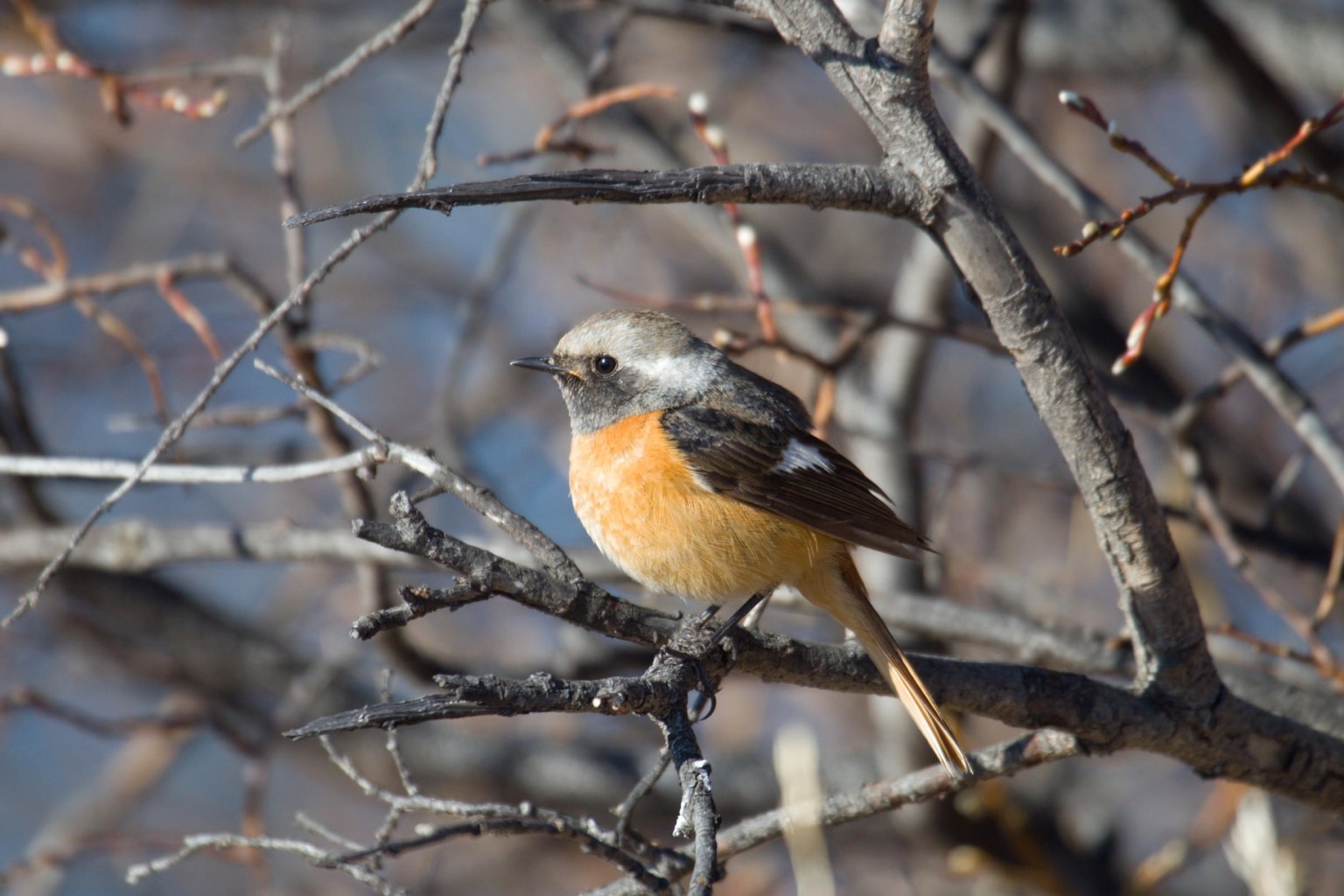
During the autumn migration through the delta of the Selenga River and the Reserve, up to 5 million water birds and waterfowl migrate. About 250 thousand birds nest here. And all they are preserved mainly thanks to the Kabansky Reserve.
What birds and waterfowl are protected in the Baikal Reserve? These are the black-headed Caspian terns (Sterna caspia), the largest terns (Sterna) in Russia, the great black-headed gulls (Larus ichthyaetus), horned doves (Podiceps auritus), whooper swans (Cygnus Cygnus), gray cranes (Grus grus) and herons (Ardeidae), the coots (Fulica) and azure tits (Parus cyanus). Every year, at least 4 couples of white-tailed eagles (Haliaeetus albicilla), the largest birds of prey in Russia, nest in the Reserve. We are also pleased that black storks (Ciconia nigra) prefer the Baikal Nature Reserve to all other areas during their migration every year.
- Experienced travellers talk about watching legendary manul cats (Felis manul) in your area.
- To watch them, you need to visit the Altacheysky Reserve, where the manul cats inhabit. They do not like highlands and prefer local landscapes - a wooded steppe, mountain steppe, light-coniferous taiga of the Zagan Ridge, the vicinity of Lake Ekhe Nur. In addition to the manul cats, the tarbagans (Marmota sibirica) - Mongolian bobaks - can be seen as there are only about 1,000 inhabited burrows. There are also 50-100 red deer in the food plot, about 5,500 Siberian roe deer, as well as great grouses (Tetrao urogallus) and rock capercaillies (Tetrao parvirostris), and at the courtship place, up to 40-50 birds can be seen at a time, blackcocks (Lyrurus tetrix), Siberian jerboas (Allactaga sibirica), bustards (Otis gen.). Black vultures (Aegypius monachus) fly here very often.
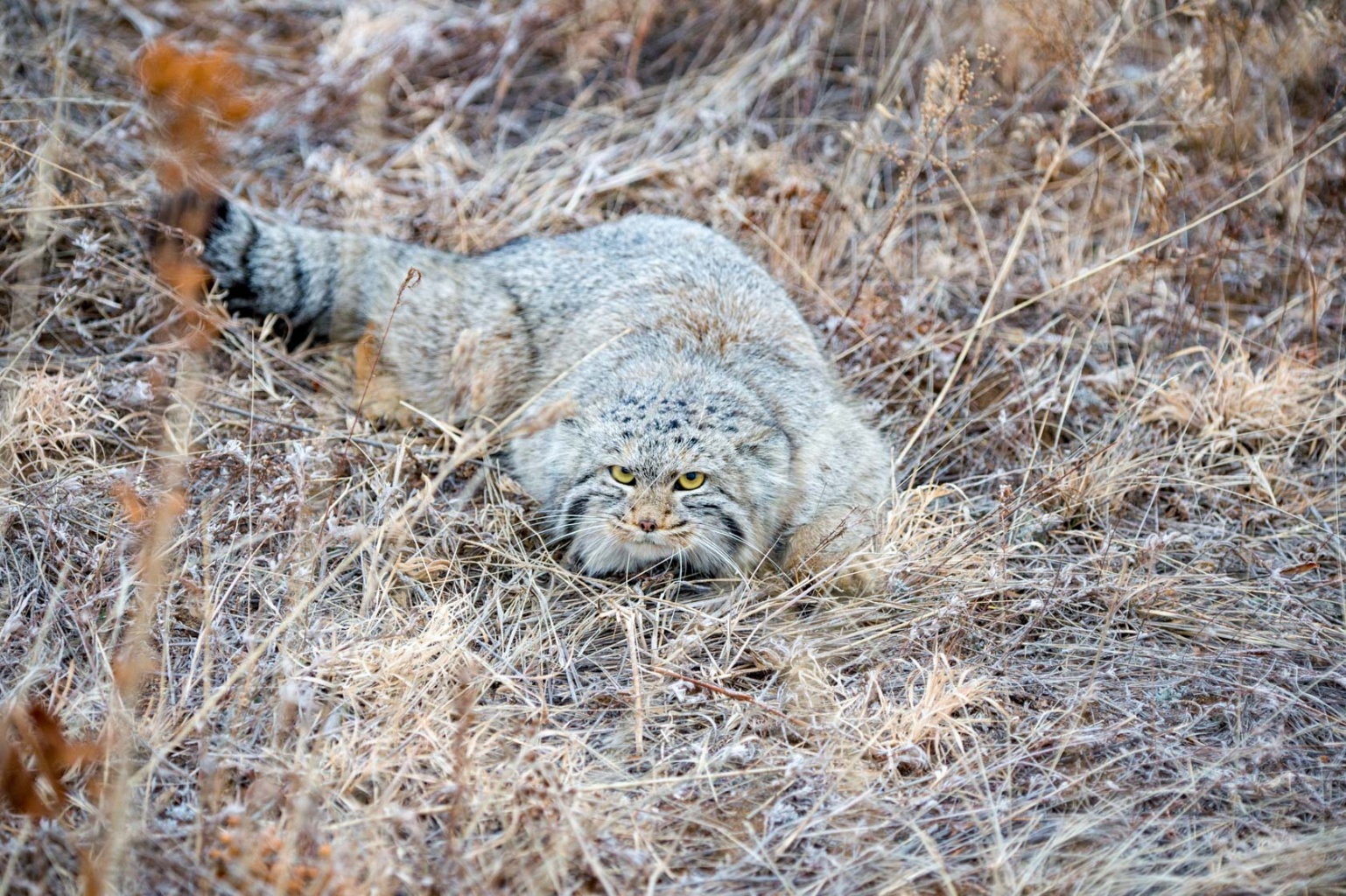
- Do volunteers visit you?
- There is an excellent project, the ‘Great Baikal Trail’, and we have been cooperating with its organizers for 18 years. They come to us every year and bring large volunteer groups who work on the construction of trails and also on many other things and the provide so much-needed assistance. There were also physically disabled people, but in fact, they are people of high strength of mind. For two weeks, they managed to do such a great job that - when seeing them off - we said wholeheartedly “We are waiting for you again, we need such good volunteers!” do a good job.
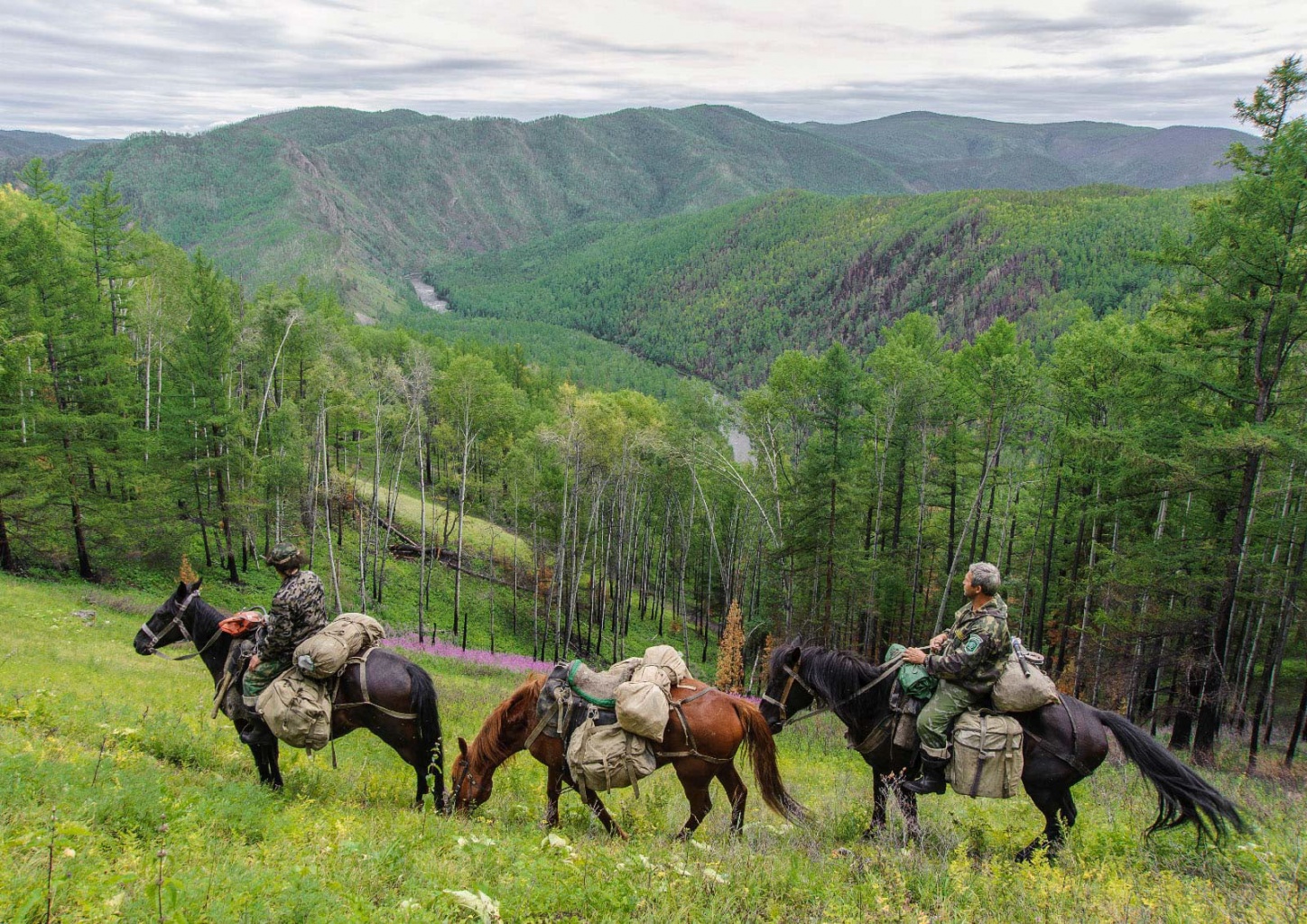
But in general, we need various helpers, there is a lot of work for them. We build roads and collect waste, and we have so many various projects that everyone who wants to help the nature can choose some work to his or her liking. For example, art projects, landscaping of the Visit Centre and some objects in the central buildings and site, planting seedlings in the area where the fire damaged the trees. The volunteers from different countries come to the Bird Ringing Station for a long period to take part in the one-month or two-month programmes. They have no experience but have a passionate desire to take part in a wildlife conservation programme, they help our aviculturists and learn to ring birds, and do their best to contribute to the research carried out near the Southern Baikal.
One of the most highly publicized projects was the one to clean up the fishing nets on the sand spit in the Kabansky Reserve accumulated here due to winds, ground swells, surfs and river sediments. These wonderful sand dunes, called ‘karga’ here, are located between the Selenga River delta and Baikal. Very often, during the Baikal storms, fishermen leave China-made fishing nets that are very cheap and of little value. The waves bring them to the shore, so it is necessary to remove these huge tangled nets, in which fish as well as birds and aquatic animals die. The first season this year, we did this job successfully together with volunteers. We expect to continue the work and our other vital programmes and look forward to active participation of our guests, too!
